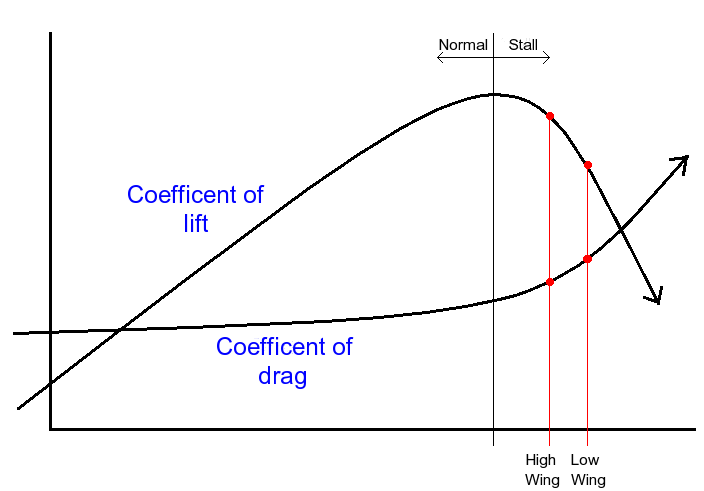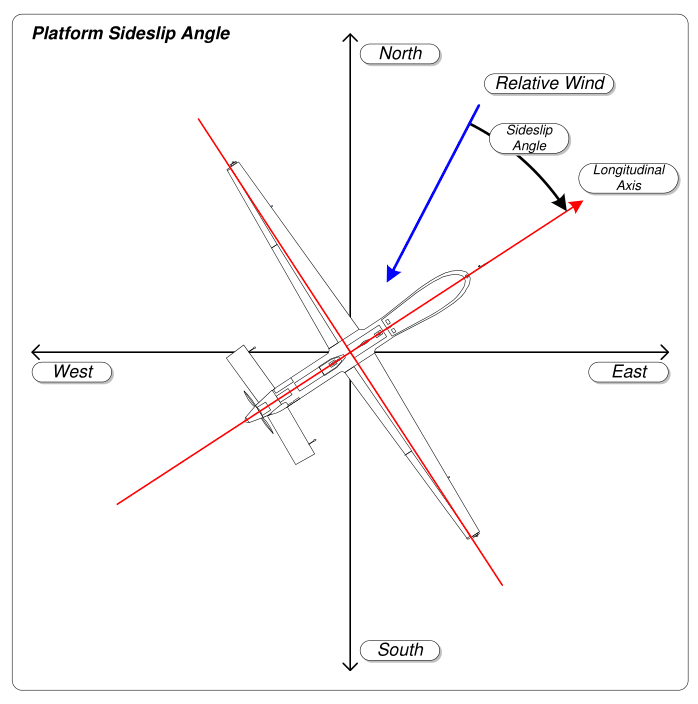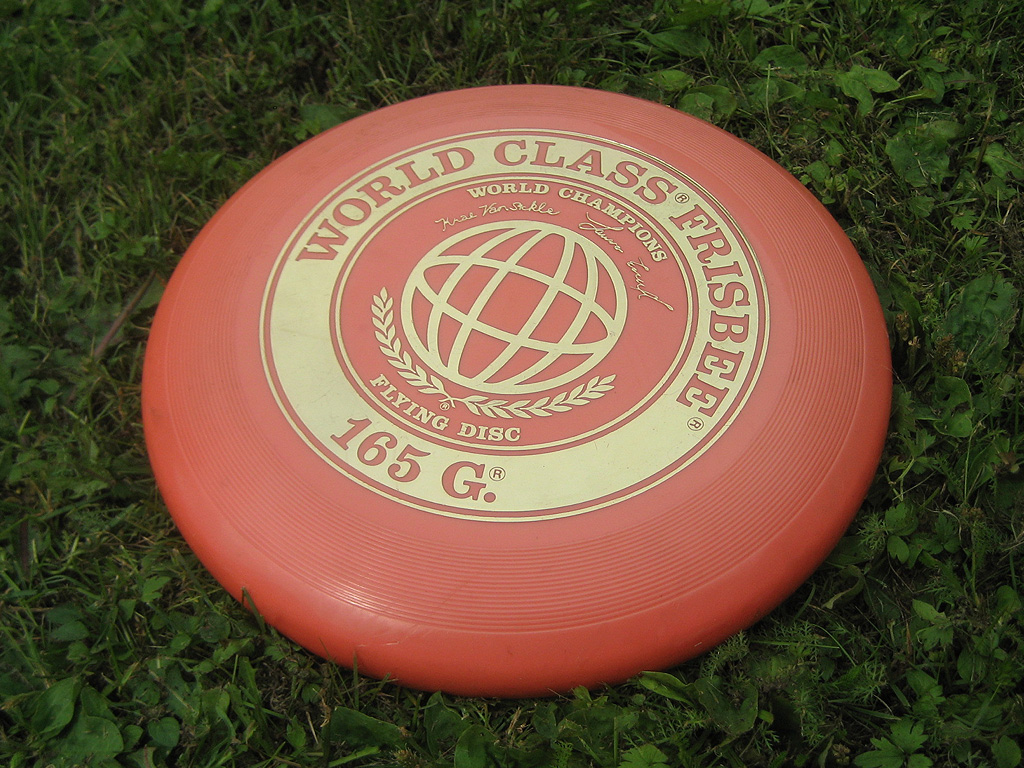|
Falling Leaf
A falling leaf (also called a rudder stall or oscillation stall) is a maneuver in which an aircraft performs a wings-level stall (aerodynamic), stall (the airplane stops flying and starts falling) which begins to induce a spin. This spin is countered with the rudder, which begins a spin in the opposite direction that must be countered with rudder, and the process is repeated as many times as the pilot determines. During the maneuver, the plane resembles a leaf falling from the sky; first slipping to one side, stopping, and then slipping to the other direction; continuing a side-to-side motion as it drifts toward the ground. Maneuver A falling leaf is a controlled stall performed in a fixed-wing aircraft. The maneuver is performed by purposely stalling the airplane and then carefully using the rudder to try to hold the aircraft on a steady course. The falling leaf consists of a constant rotation about the yaw axis while continually changing the direction. This is opposed to a flat ... [...More Info...] [...Related Items...] OR: [Wikipedia] [Google] [Baidu] |
Falling Leaf Maneuver Diagram
Falling or fallin' may refer to: *Falling (physics), movement due to gravity *Falling (accident) *Falling (execution) *Falling (sensation) People *Christine Falling (born 1963), American serial killer who murdered six children Books *Falling (Provoost novel), ''Falling'' (Provoost novel), a 1994 novel by Anne Provoost *Falling (Howard novel), ''Falling'' (Howard novel), a 1999 novel by Elizabeth Jane Howard *"Falling", a 1967 poem by James Dickey Film and television *Falling (2008 film), ''Falling'' (2008 film), a film by Richard Dutcher *Falling (2015 film), ''Falling'' (2015 film), starring Adesua Etomi and Blossom Chukwujekwu *Falling (2020 film), ''Falling'' (2020 film), an American-British-Canadian drama film *The Falling (1987 film), ''The Falling'' (1987 film), an American film by Deran Sarafian *The Falling (2014 film), ''The Falling'' (2014 film), a British film by Carol Morley *''Falling'' (Dutch: ''Vallen''), a 2001 film by Hans Herbots based on Falling (Provoost n ... [...More Info...] [...Related Items...] OR: [Wikipedia] [Google] [Baidu] |
Aileron
An aileron (French for "little wing" or "fin") is a hinged flight control surface usually forming part of the trailing edge of each wing of a fixed-wing aircraft. Ailerons are used in pairs to control the aircraft in roll (or movement around the aircraft's longitudinal axis), which normally results in a change in flight path due to the tilting of the lift vector. Movement around this axis is called 'rolling' or 'banking'. Considerable controversy exists over credit for the invention of the aileron. The Wright brothers and Glenn Curtiss fought a years-long legal battle over the Wright patent of 1906, which described a method of wing-warping to achieve lateral control. The brothers prevailed in several court decisions which found that Curtiss's use of ailerons violated the Wright patent. Ultimately, the First World War compelled the U.S. Government to legislate a legal resolution. A much earlier aileron concept was patented in 1868 by British scientist Matthew Piers Watt Bou ... [...More Info...] [...Related Items...] OR: [Wikipedia] [Google] [Baidu] |
Angle Of Attack
In fluid dynamics, angle of attack (AOA, α, or \alpha) is the angle between a reference line on a body (often the chord line of an airfoil) and the vector representing the relative motion between the body and the fluid through which it is moving. Angle of attack is the angle between the body's reference line and the oncoming flow. This article focuses on the most common application, the angle of attack of a wing or airfoil moving through air. In aerodynamics, angle of attack specifies the angle between the chord line of the wing of a fixed-wing aircraft and the vector representing the relative motion between the aircraft and the atmosphere. Since a wing can have twist, a chord line of the whole wing may not be definable, so an alternate reference line is simply defined. Often, the chord line of the root of the wing is chosen as the reference line. Another choice is to use a horizontal line on the fuselage as the reference line (and also as the longitudinal axis). Some aut ... [...More Info...] [...Related Items...] OR: [Wikipedia] [Google] [Baidu] |
Speed Brake
In aeronautics, air brakes or speed brakes are a type of flight control surface used on an aircraft to increase the drag on the aircraft. Air brakes differ from spoilers in that air brakes are designed to increase drag while making little change to lift, whereas spoilers reduce the lift-to-drag ratio and require a higher angle of attack to maintain lift, resulting in a higher stall speed. Introduction An air brake is a part of an aircraft. When extended into the airstream, it causes an increase in the drag on the aircraft. When not in use, it conforms to the local streamlined profile of the aircraft in order to help minimise the drag. History In the early decades of powered flight, air brakes were flaps mounted on the wings. They were manually controlled by a lever in the cockpit, and mechanical linkages to the air brake. An early type of air brake, developed in 1931, was fitted to the aircraft wing support struts. In 1936, Hans Jacobs, who headed Nazi Germany's '' ... [...More Info...] [...Related Items...] OR: [Wikipedia] [Google] [Baidu] |
Falling Leaf
A falling leaf (also called a rudder stall or oscillation stall) is a maneuver in which an aircraft performs a wings-level stall (aerodynamic), stall (the airplane stops flying and starts falling) which begins to induce a spin. This spin is countered with the rudder, which begins a spin in the opposite direction that must be countered with rudder, and the process is repeated as many times as the pilot determines. During the maneuver, the plane resembles a leaf falling from the sky; first slipping to one side, stopping, and then slipping to the other direction; continuing a side-to-side motion as it drifts toward the ground. Maneuver A falling leaf is a controlled stall performed in a fixed-wing aircraft. The maneuver is performed by purposely stalling the airplane and then carefully using the rudder to try to hold the aircraft on a steady course. The falling leaf consists of a constant rotation about the yaw axis while continually changing the direction. This is opposed to a flat ... [...More Info...] [...Related Items...] OR: [Wikipedia] [Google] [Baidu] |
Spin (aerodynamics)
In flight dynamics a spin is a special category of stall resulting in autorotation (uncommanded roll) about the aircraft's longitudinal axis and a shallow, rotating, downward path approximately centred on a vertical axis. Spins can be entered intentionally or unintentionally, from any flight attitude if the aircraft has sufficient yaw while at the stall point. In a normal spin, the wing on the inside of the turn stalls while the outside wing remains flying. It is possible for both wings to stall, but the angle of attack of each wing, and consequently its lift and drag, are different. Either situation causes the aircraft to autorotate toward the stalled wing due to its higher drag and loss of lift. Spins are characterized by high angle of attack, an airspeed below the stall on at least one wing and a shallow descent. Recovery and avoiding a crash may require a specific and counter-intuitive set of actions. A spin differs from a spiral dive, in which neither wing is stalled an ... [...More Info...] [...Related Items...] OR: [Wikipedia] [Google] [Baidu] |
Slip (aerodynamics)
A slip is an aerodynamic state where an aircraft is moving ''somewhat'' sideways as well as forward relative to the oncoming airflow or relative wind. In other words, for a conventional aircraft, the nose will be pointing in the opposite direction to the bank of the wing(s). The aircraft is not in coordinated flight and therefore is flying inefficiently. Background Flying in a slip is aerodynamically inefficient, since the lift-to-drag ratio is reduced. More drag is at play consuming energy but not producing lift. Inexperienced or inattentive pilots will often enter slips unintentionally during turns by failing to coordinate the aircraft with the rudder. Airplanes can readily enter into a slip climbing out from take-off on a windy day. If left unchecked, climb performance will suffer. This is especially dangerous if there are nearby obstructions under the climb path and the aircraft is underpowered or heavily loaded. A slip can also be a ''piloting maneuver'' where the pilot del ... [...More Info...] [...Related Items...] OR: [Wikipedia] [Google] [Baidu] |
Terminal Velocity
Terminal velocity is the maximum velocity (speed) attainable by an object as it falls through a fluid (air is the most common example). It occurs when the sum of the drag force (''Fd'') and the buoyancy is equal to the downward force of gravity (''FG'') acting on the object. Since the net force on the object is zero, the object has zero acceleration. In fluid dynamics an object is moving at its terminal velocity if its speed is constant due to the restraining force exerted by the fluid through which it is moving. As the speed of an object increases, so does the drag force acting on it, which also depends on the substance it is passing through (for example air or water). At some speed, the drag or force of resistance will equal the gravitational pull on the object (buoyancy is considered below). At this point the object stops accelerating and continues falling at a constant speed called the terminal velocity (also called settling velocity). An object moving downward faster than ... [...More Info...] [...Related Items...] OR: [Wikipedia] [Google] [Baidu] |
Elevator (aeronautics)
Elevators are flight control surfaces, usually at the rear of an aircraft, which control the aircraft's pitch, and therefore the angle of attack and the lift of the wing. The elevators are usually hinged to the tailplane or horizontal stabilizer. They may be the only pitch control surface present, and are sometimes located at the front of the aircraft (early airplanes) or integrated into a rear "all-moving tailplane", also called a slab elevator or stabilator. Elevator control effectiveness The elevator is a usable up and down system that controls the plane, horizontal stabilizer usually creates a ''downward'' force which balances the nose down moment created by the wing lift force, which typically applies at a point (the wing center of lift) situated aft of the airplane's center of gravity. The effects of drag and changing the engine thrust may also result in pitch moments that need to be compensated with the horizontal stabilizer. Both the horizontal stabilizer and ... [...More Info...] [...Related Items...] OR: [Wikipedia] [Google] [Baidu] |
Stall (aerodynamic)
In fluid dynamics, a stall is a reduction in the lift coefficient generated by a foil as angle of attack increases.Crane, Dale: ''Dictionary of Aeronautical Terms, third edition'', p. 486. Aviation Supplies & Academics, 1997. This occurs when the critical angle of attack of the foil is exceeded. The critical angle of attack is typically about 15°, but it may vary significantly depending on the fluid, foil, and Reynolds number. Stalls in fixed-wing flight are often experienced as a sudden reduction in lift as the pilot increases the wing's angle of attack and exceeds its critical angle of attack (which may be due to slowing down below stall speed in level flight). A stall does not mean that the engine(s) have stopped working, or that the aircraft has stopped moving—the effect is the same even in an unpowered glider aircraft. Vectored thrust in aircraft is used to maintain altitude or controlled flight with wings stalled by replacing lost wing lift with engine or propeller ... [...More Info...] [...Related Items...] OR: [Wikipedia] [Google] [Baidu] |
Trim (aircraft)
A conventional fixed-wing aircraft flight control system consists of flight control surfaces, the respective cockpit controls, connecting linkages, and the necessary operating mechanisms to control an aircraft's direction in flight. Aircraft engine controls are also considered as flight controls as they change speed. The fundamentals of aircraft controls are explained in flight dynamics. This article centers on the operating mechanisms of the flight controls. The basic system in use on aircraft first appeared in a readily recognizable form as early as April 1908, on Louis Blériot's Blériot VIII pioneer-era monoplane design. Cockpit controls Primary controls Generally, the primary cockpit flight controls are arranged as follows:Langewiesche, WolfgangStick and Rudder: An Explanation of the Art of Flying McGraw-Hill Professional, 1990, , . * a control yoke (also known as a control column), centre stick or side-stick (the latter two also colloquially known as a control or j ... [...More Info...] [...Related Items...] OR: [Wikipedia] [Google] [Baidu] |
Frisbee
A frisbee (pronounced ), also called a flying disc or simply a disc, is a gliding toy or sporting item that is generally made of injection-molded plastic and roughly in diameter with a pronounced lip. It is used recreationally and competitively for throwing and catching, as in flying disc games. The shape of the disc is an airfoil in cross-section which allows it to fly by reducing the drag and increasing lift as it moves through the air, compared to a flat plate. Spinning the disc imparts a stabilizing gyroscopic force, allowing it to be both aimed with accuracy and thrown for distance. A wide range is available of flying disc variants. Those for disc golf are usually smaller but denser and tailored for particular flight profiles to increase or decrease stability and distance. The longest recorded disc throw is by David Wiggins Jr. with a distance of . Disc dog sports use relatively slow-flying discs made of more pliable material to better resist a dog's bite and prevent in ... [...More Info...] [...Related Items...] OR: [Wikipedia] [Google] [Baidu] |

.png)





.jpg)

